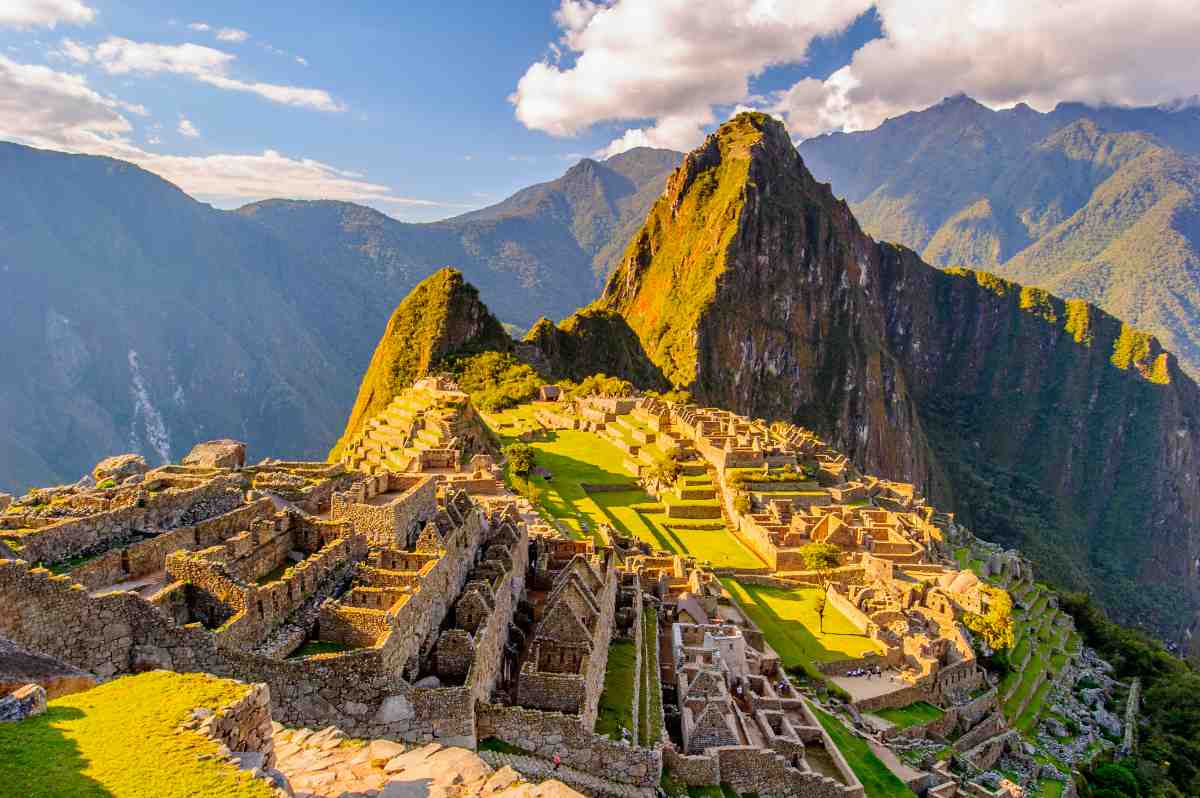The United Nations Educational, Scientific, and Cultural Organization (UNESCO) recognizes places of outstanding cultural or natural importance to the common heritage of humanity. These World Heritage Sites are carefully selected for their universal value and are well worth a visit. Let’s take a journey around the globe and explore the ten best UNESCO World Heritage Sites to visit.
Table of Contents
What is the number one UNESCO World Heritage Site?
Identifying the “number one” UNESCO World Heritage Site is subjective and can vary depending on the criteria one uses, such as historical importance, visitor numbers, or aesthetic appeal. However, sites like the Great Wall of China, the Pyramids of Egypt, or Machu Picchu are often ranked highly.
Is it possible to visit all UNESCO world heritage sites?
UNESCO has identified over 1,100 World Heritage Sites in more than 160 countries. While it’s theoretically possible to visit all of them, it would be a massive undertaking. It would require considerable time, resources, and access to all countries.
What are the most important World Heritage Sites?
This depends on your criteria for “importance.” However, certain sites have profound historical, cultural, or natural significance. For example, the Historic Center of Rome represents the foundations of Western civilization, the Galapagos Islands are pivotal to our understanding of evolution, and the Great Barrier Reef is the world’s largest coral reef system.
The 10 Best UNESCO World Heritage Sites to Visit
1. Great Wall of China, China
One of the most iconic symbols of China, the Great Wall, stretches over 13,000 miles. Constructed over 2,300 years ago, the wall showcases remarkable feats of ancient defensive architecture. Visitors can enjoy spectacular views and a sense of history that’s truly awe-inspiring.
2. Machu Picchu, Peru
Perched high in the Andes, the 15th-century Incan city of Machu Picchu is one of the most stunning archaeological sites in the world. It is a testament to the Inca civilization’s architectural prowess and interaction with the natural environment.
3. Pyramids of Egypt, Egypt
The Pyramids of Giza are the only remaining of the Seven Wonders of the Ancient World. These awe-inspiring structures, including the Great Pyramid of Khufu and the Sphinx, continue to fascinate visitors with their sheer scale and mathematical precision.
4. Acropolis, Greece
5. Venice and its Lagoon, Italy
Venice, often described as the most beautiful city built by man, is an architectural masterpiece that interacts with the surrounding waterscape. With its winding canals, striking architecture, and historical significance, it’s a destination like no other.
6. Great Barrier Reef, Australia
One of the most biodiverse places on the planet, the Great Barrier Reef, is a haven for countless species of marine life, including whales, dolphins, and over 1,500 species of fish. Snorkeling and diving here are truly a bucket-list experience.
7. Angkor Wat, Cambodia
The sprawling complex of Angkor Wat is the largest religious monument in the world. This breathtaking temple showcases the peak of Khmer architectural achievement and is an incredible place to watch the sunrise.
8. Galapagos Islands, Ecuador
The Galapagos Islands are famous for their unique and fearless wildlife. This archipelago, which inspired Charles Darwin’s theory of evolution, continues to be a living laboratory of evolution.
9. Stonehenge, United Kingdom
Stonehenge, an iconic megalithic structure in England, remains a prehistoric mystery. This monument, built from massive stones hauled over long distances, is a testament to the engineering skills of Neolithic people.
10. Serengeti National Park, Tanzania
The Serengeti National Park is known for its annual migration of over a million wildebeest and 200,000 zebras. It offers unparalleled wildlife viewing and is an exceptional example of the Earth’s ongoing ecological and biological processes.
Along with above if you want understand the historical significance and reasons behind Why Rome’s Colosseum Is Broken” delve into our in-depth exploration of this iconic landmark.
Where is the most visited UNESCO site?
The most visited UNESCO World Heritage Site is arguably the Great Wall of China, attracting tens of millions of visitors each year.
Which is the second best UNESCO World Heritage Site?
As with the “number one” site, “second best” is highly subjective. That said, other frequently praised and visited sites include Italy’s Historic Centre of Rome and India’s Taj Mahal.
What 3 countries have the most World Heritage Sites?
The three countries with the most UNESCO World Heritage Sites are Italy, China, and Spain. Italy leads with 55 sites, followed by China with 55, and Spain with 48.
Conclusion
Visiting a UNESCO World Heritage Site is not just about seeing a place of extraordinary beauty or historical significance; it’s about experiencing a part of our shared human heritage. These ten sites offer a mix of history, culture, and natural wonders, each with a unique story that continues to shape our world.


